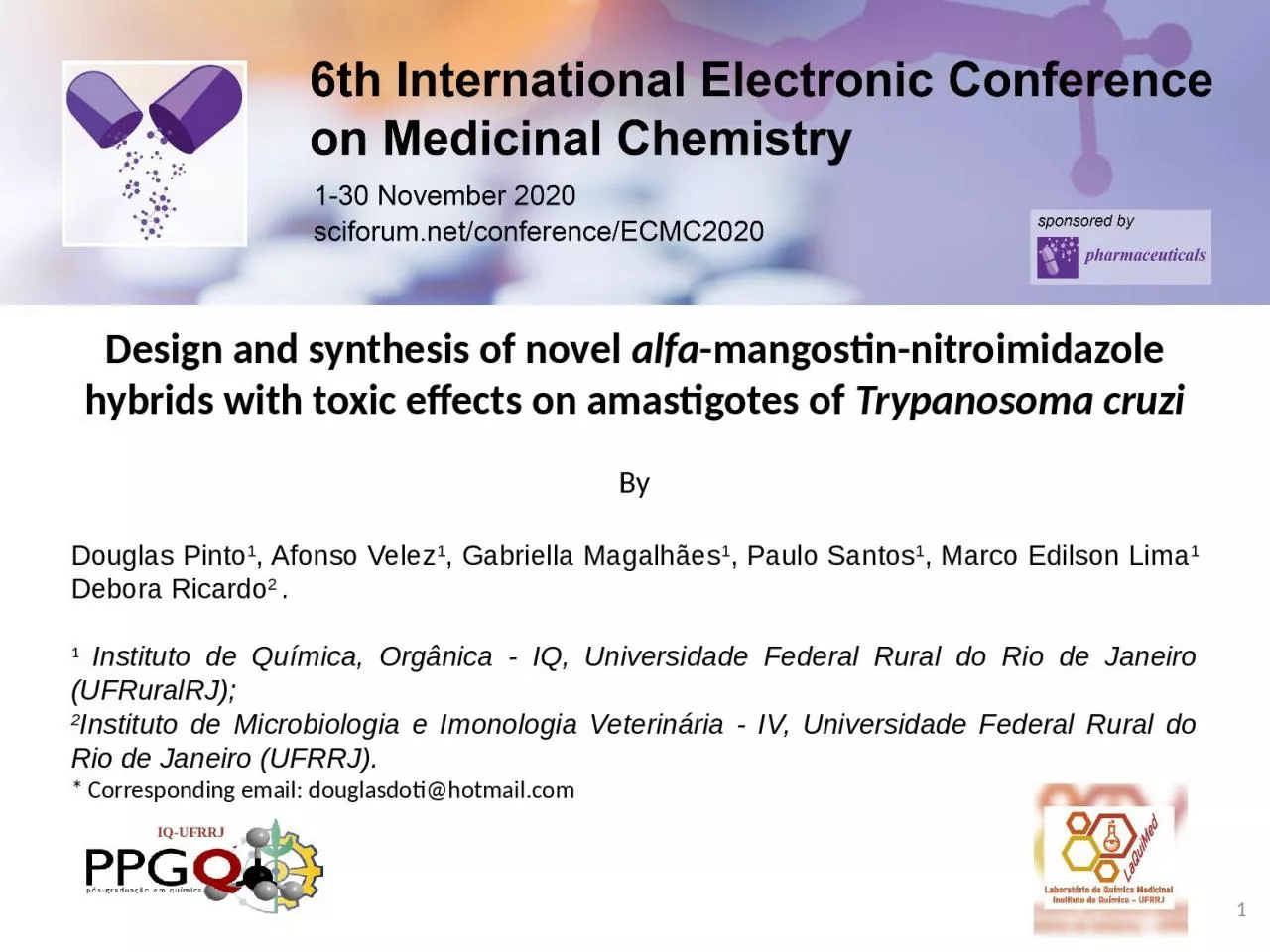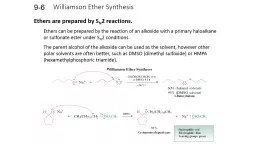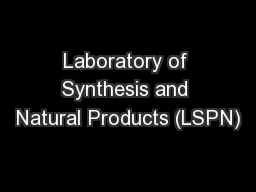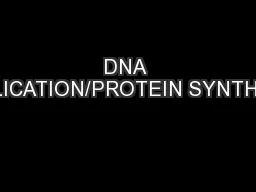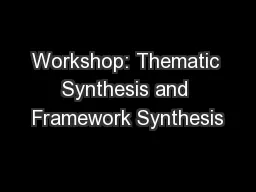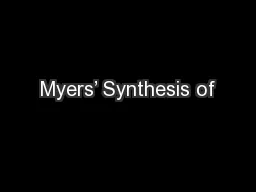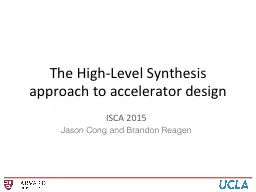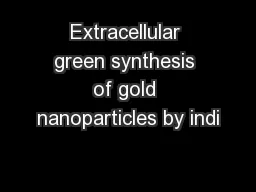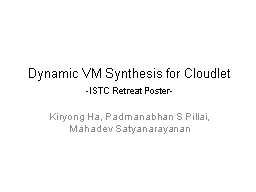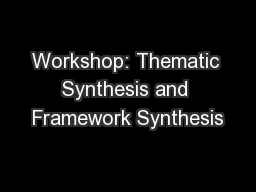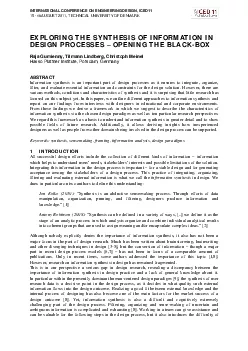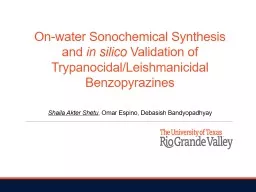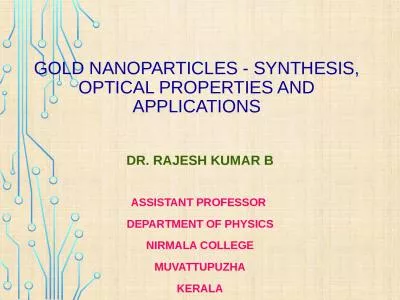PPT-Design and synthesis
Author : elise | Published Date : 2024-01-29
of novel alfa mangostin nitroimidazole hybrids with toxic effects on amastigotes of Trypanosoma cruzi By Douglas Pinto 1 Afonso Velez 1 Gabriella Magalhães
Presentation Embed Code
Download Presentation
Download Presentation The PPT/PDF document "Design and synthesis" is the property of its rightful owner. Permission is granted to download and print the materials on this website for personal, non-commercial use only, and to display it on your personal computer provided you do not modify the materials and that you retain all copyright notices contained in the materials. By downloading content from our website, you accept the terms of this agreement.
Design and synthesis: Transcript
Download Rules Of Document
"Design and synthesis"The content belongs to its owner. You may download and print it for personal use, without modification, and keep all copyright notices. By downloading, you agree to these terms.
Related Documents

